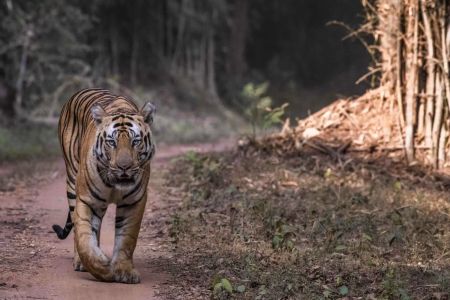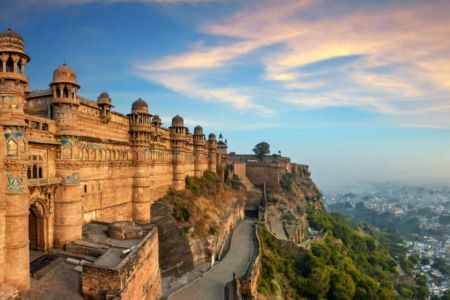- 1-Preparing-for-Your-Wildlife-Adventure-in-India
- 2-Choosing-the-Best-Wildlife-Sanctuaries-to-Visit
- 3-Planning-Your-Safari-Experience
- 4-Understanding-Indian-Wildlife-and-Ecosystems
- 5-Local-Culture-and-Eco-Friendly-Travel-Tips
- 6-Real-Travel-Stories-from-India-s-Wildlife-Sanctuaries
- 7-How-to-Book-Your-India-Wildlife-Tour-with-Travel-India-One
1. Preparing for Your Wildlife Adventure in India
Exploring India’s wildlife sanctuaries offers an unforgettable experience filled with majestic animals and breathtaking natural landscapes. To fully enjoy your trip, thorough preparation is essential. This means researching the best seasons to visit, understanding the climate, and ensuring you have the right gear for safaris. Packing essentials like binoculars, comfortable clothing, and insect repellent will enhance your adventure.
Moreover, travelers should familiarize themselves with local regulations, health advisories, and wildlife etiquette to ensure a safe and respectful journey.
2. Choosing the Best Wildlife Sanctuaries to Visit
India boasts numerous wildlife sanctuaries, each offering unique ecosystems and species. Popular destinations include Ranthambore National Park, famous for its Bengal tigers, and Kaziranga National Park, known for the one-horned rhinoceros. Deciding which sanctuary to visit depends on your wildlife interests, travel route, and time availability.
Many travelers prioritize sanctuaries that offer diverse fauna, guided safari options, and excellent accommodation. Travel India One provides detailed insights and recommendations to help you select sanctuaries matching your preferences.
3. Planning Your Safari Experience
A well-planned safari is key to maximizing wildlife sightings. Booking guided jeep safaris or boat tours with experienced naturalists can vastly improve your chances of encountering elusive animals. Knowing the sanctuary’s opening hours, safari timings, and booking protocols is vital.
Understanding safety rules and respecting animals’ habitats create an ethical tourism experience. Early morning or late afternoon safaris are often the most rewarding as animals are more active during these times.
4. Understanding Indian Wildlife and Ecosystems
India’s sanctuaries feature a wide range of ecosystems from dense forests to grasslands and wetlands. Familiarizing yourself with the flora and fauna before visiting enriches your experience. Expect to see majestic species such as tigers, elephants, leopards, and a plethora of birdlife.
Learning about conservation efforts and challenges faced by these sanctuaries also deepens appreciation and encourages responsible travel behavior.
5. Local Culture and Eco-Friendly Travel Tips
Wildlife tourism in India is intertwined with vibrant local cultures. Engaging with nearby communities respectfully and supporting local artisans enhances your trip’s impact. Choose eco-friendly accommodations and sustainable transport options to minimize environmental footprints.
Travel India One encourages visitors to practice “leave no trace” principles and participate in conservation-supportive activities.
6. Real Travel Stories from India’s Wildlife Sanctuaries
Emma, a nature enthusiast from the UK, shares her experience at Bandhavgarh National Park: “Seeing a tiger in the wild was a dream come true. The guided safari with Travel India One was professional and insightful, and the local guides’ knowledge brought the forest to life.”
Stories like Emma’s highlight the thrill and meaningful connections wildlife safaris offer.
7. How to Book Your India Wildlife Tour with Travel India One
Booking with Travel India One simplifies the process of exploring India’s wildlife sanctuaries. Their expert team customizes tours based on your interests, budget, and travel dates. From arranging safaris to accommodation and transfers, they handle all logistics, ensuring a seamless journey.
Contacting Travel India One early helps secure permits and preferred tour dates during peak seasons. Ready to embark on a wild adventure? Explore their website for packages and expert guidance.











